|
|
|
|
|
|
|
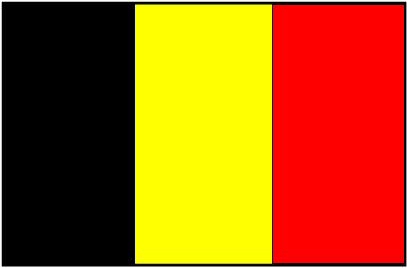 Belgium
|
Mortier de 75 mm Mle 1916 / 1917 Jouhandeau-Deslandres |
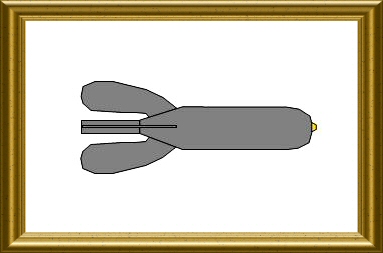 Trench artillery
|
|
|
Contributor :
|
Location :
Belgium
Arlon
Ecole d'Infanterie
Coordinates :
Lat : 49.67920 / Long : 5.76610
|
General comments on this surviving gun :
Identical items in the same location :
1
Items covered by this file :
1
|
|
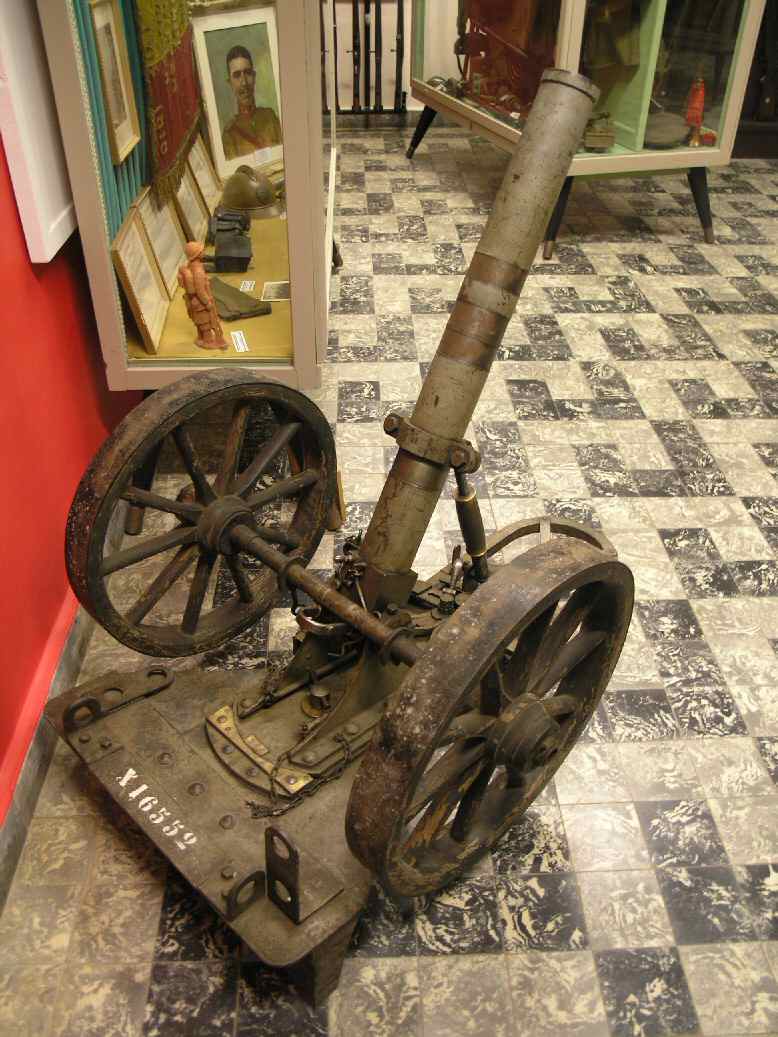
|
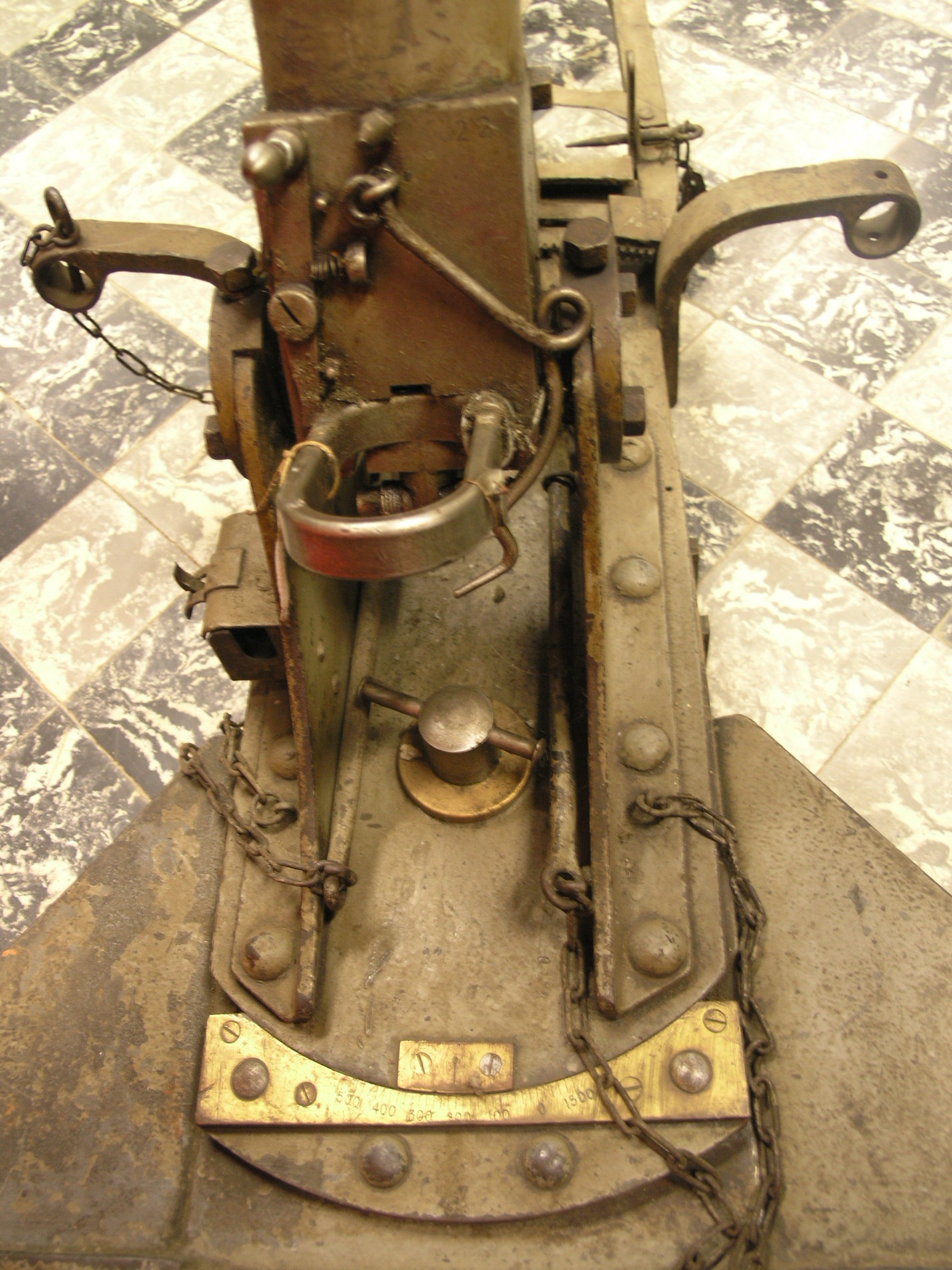
|
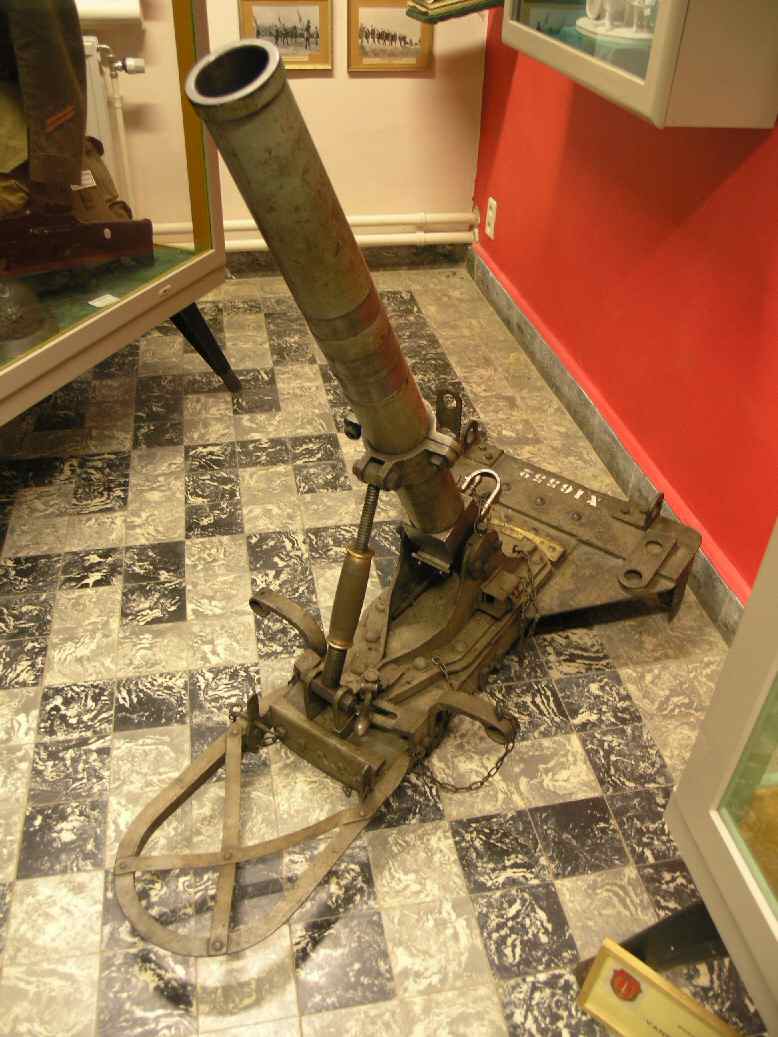
|
The mortar accompanied by its removable transport wheels
|
Zoom on the drawer breech and the horizontal aiming system
|
Front view.The smoothbore and the firing base are characteristic of the initial Mle 1916 model
|
|
|
Historic and technical information
|
|
Denomination :
75 T Jouhandeau-Deslandres Mle 1916 / 1917
|
Origin :
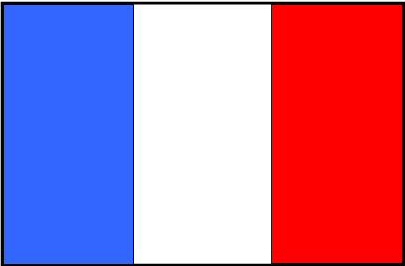 (
Delaunay - Belleville)
(
Delaunay - Belleville)
|
|
Historic context :
At the beginning of the war, the German armies already had 76 mm light minenwerfers, whose good mobility and small size allowed their use in the front line trench and as infantry accompanying guns. After some stop-gap improvised weapons, the French army methodically searched for a answer from 1915 The 75T Schneider trench gun appeared during the summer of 1915, but its weight (more than 350 kg in transport mode) remained meuch too heavy for this role. Two lighter designs were tested at the Satory camp in December 1915 : the 85 mm Darne - Archer mortar from the civil industry, and the 75 mm mortars proposed by the pioneer staff officers Colonel Jouhandeau and Commandant Deslandres. 100 Archer weapons and 120 J-Ds were ordered in February 1916.
Tested on the Champagne front line at Navarin, the 'mortier de 75 mm Jouhandeau-Deslandres M1916' proved itself superior to its competitor. This first vesrion only weighted 120 kg in position, and was firing a rejected 75 mm fieldgun explosive shell equipped with a thin steel plate cylindrical fin tail. Introduced by the muzzle of the smooth bore barrel, this projectile could be launched up to a range of 1000 m, with a fire rate of 6 to 8 rounds per minute. The propulsive charge was conditioned in a 37 mm gun cartridge introduced by the breech moving drawer. The mortar firing base could also receive an alternative 120 mm barrel to fire more powerful shells.
This battlefield experience induced the designers to modify their weapon and replace the fragile and imprecise fin tailed 75 mm projectiles by more robust shells of the same calibre without fin tail but with two copper studs, that the tube with two helical rifles could launch to the same distance, but more precisely. 1500 such 'mortier de 75 mm Jouhandeau-Deslandres M1917', much lighter with only 46 kg, were ordered in September 1917, and given to the infantry units.
Despite the satisfaction of the troops using it, even the modified weapon was found insufficiently precise, and was graduyally replaced by the British 81 mm Stokes mortar.
|
Technical data :
- Complete description : 75 mm Jouhandeau-Deslandres Infantry mortar M 1916 and M 1917
- Design year : 1916 - 1917
- Calibre : 75.00 mm
- Weight in firing position : 120 kg (M 1916) - 46 kg (M 1917)
- Weight for transportation : As a single piece on a wheeled stretcher (M 1916) or in two separate parts by 2 servants
- Tube length in calibres : 8.00
- Grooves : 0 (smoothbore M 1916) - 2 (M1917)
- Projectile weight : 5.3 kg (Mle 1916) - 3.4 kg ou 3.2 kg (Mle 1917)
- Initial speed : 100 m/s
- Fire rate : 8 to 12 rounds per minute
- Range : 100 m (M 1916) - 1000 m (M 1917)
- Elevation range : +7 to +70 degrees
- Direction range : 40 degrees total range
|
Sources
|
-
Les Crapouillots 1914-1918 Pierre Waline Charles Lavauzelle 1965
-
Les canons de la Victoire 1914-1918 - Tome III - L' Artillerie de Côte et l'Artillerie de Tranchée Général Guy François Histoire et Collection 2010
-
Cours d'Artillerie de Tranchée Capitaine Bouchon Bourges 1918
-
Les engins de tranchée de faible puissance 1ère partie, les engins à tir courbe - Guerre, Blindés et Matériel Nr 121 Général Guy François Histoire et Collection 2017
|
|